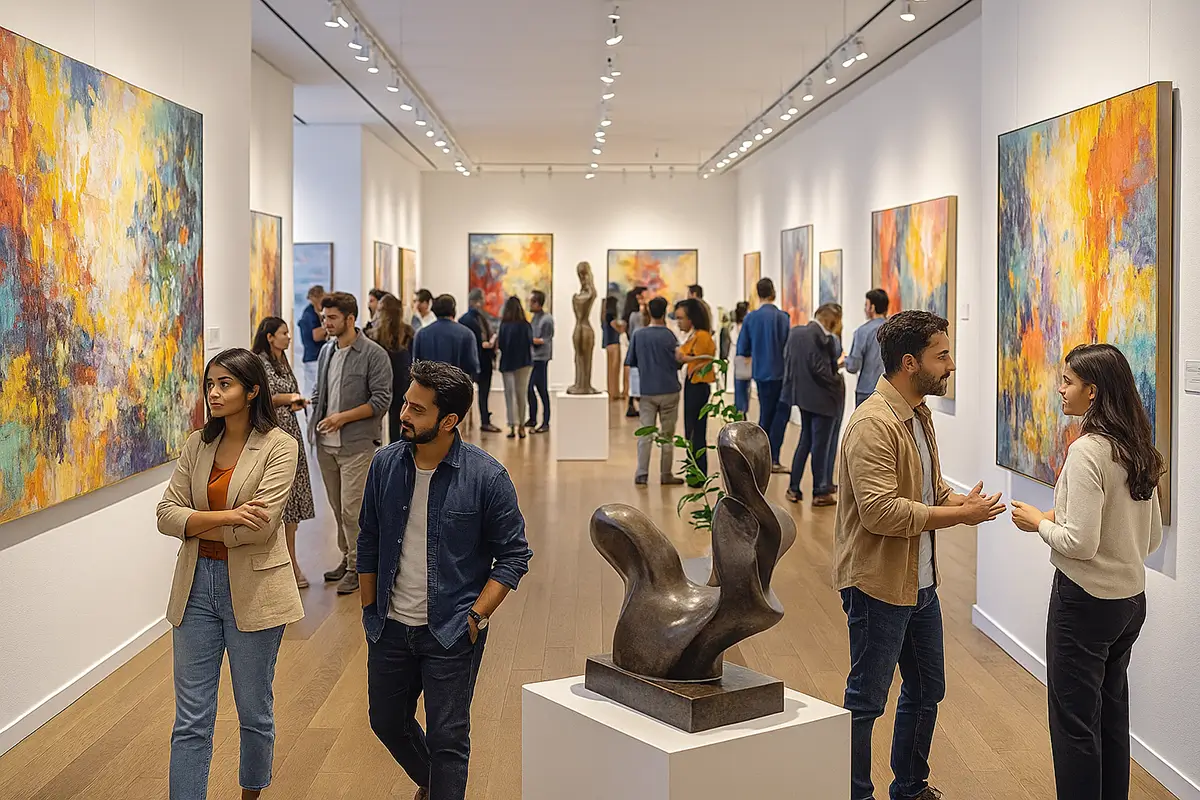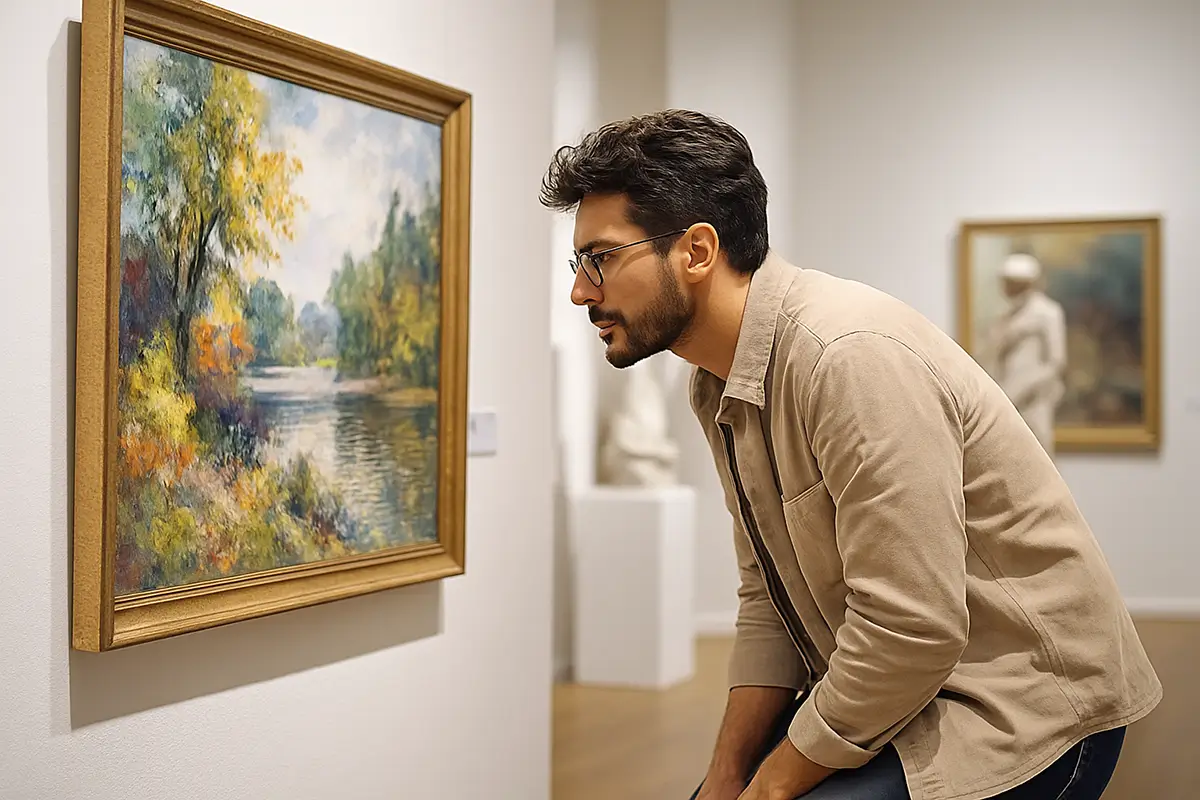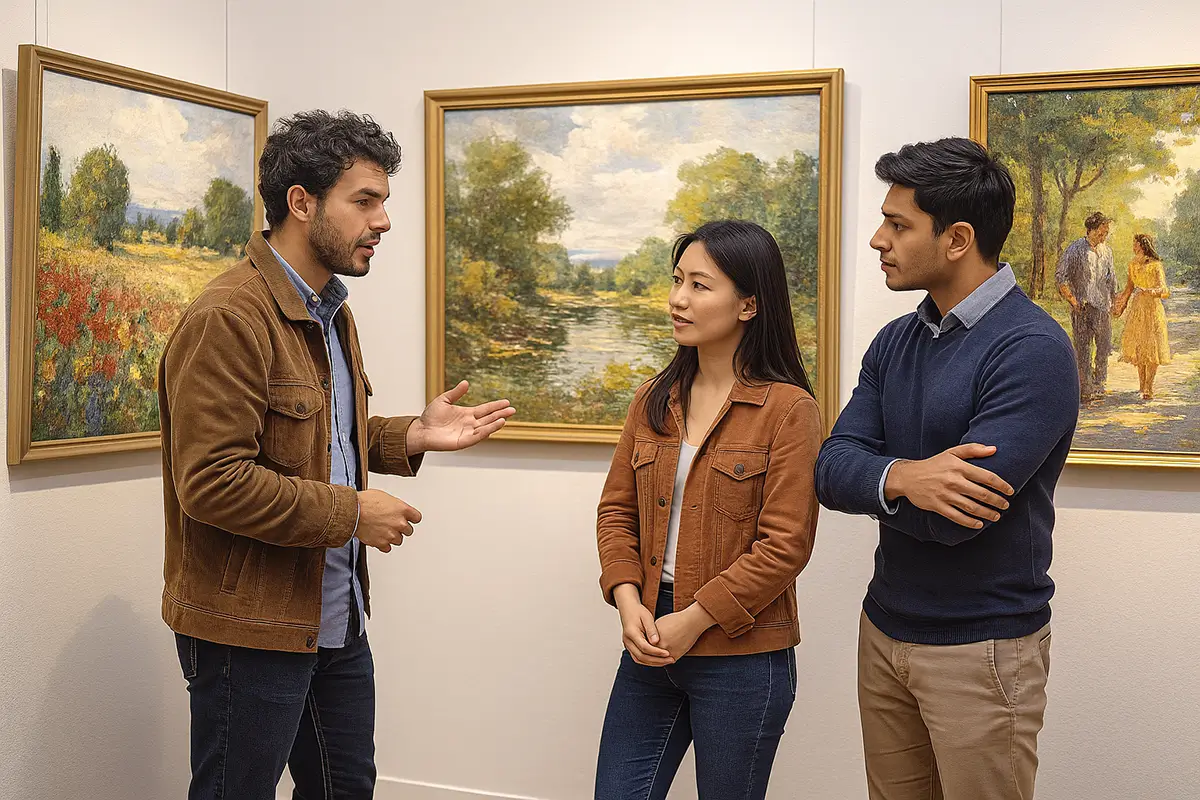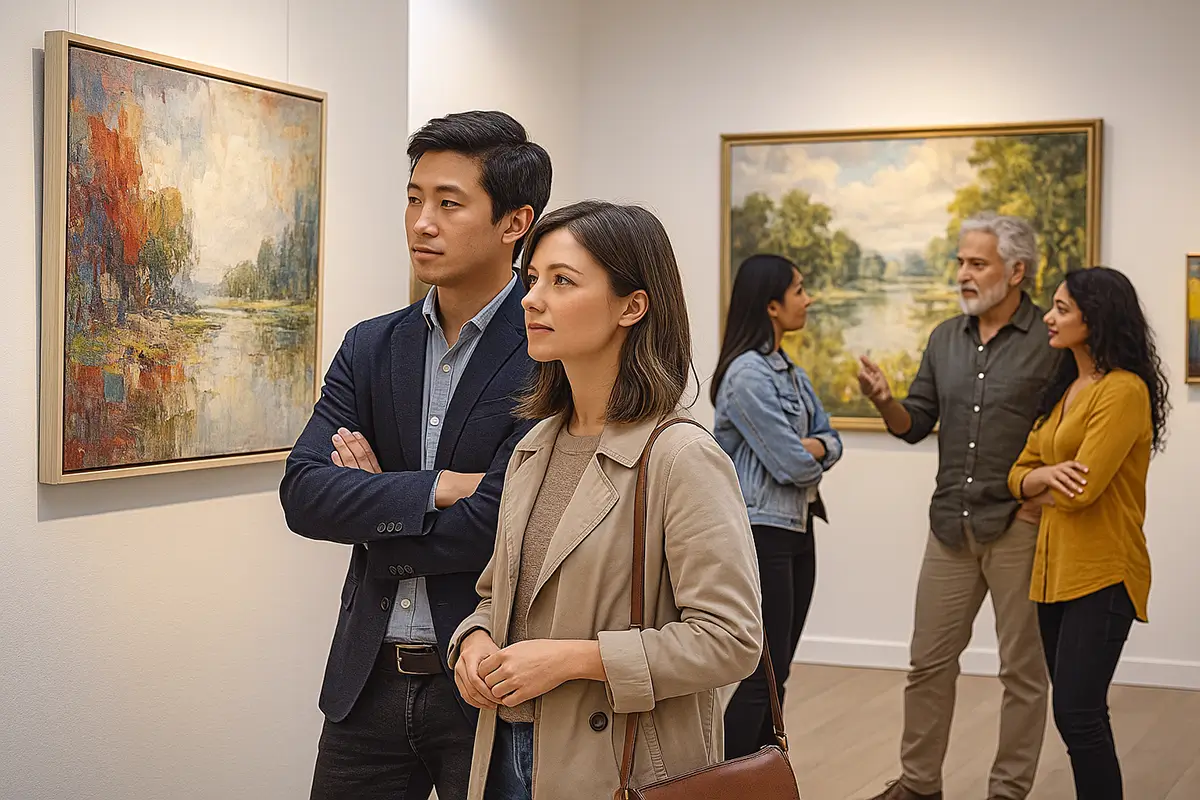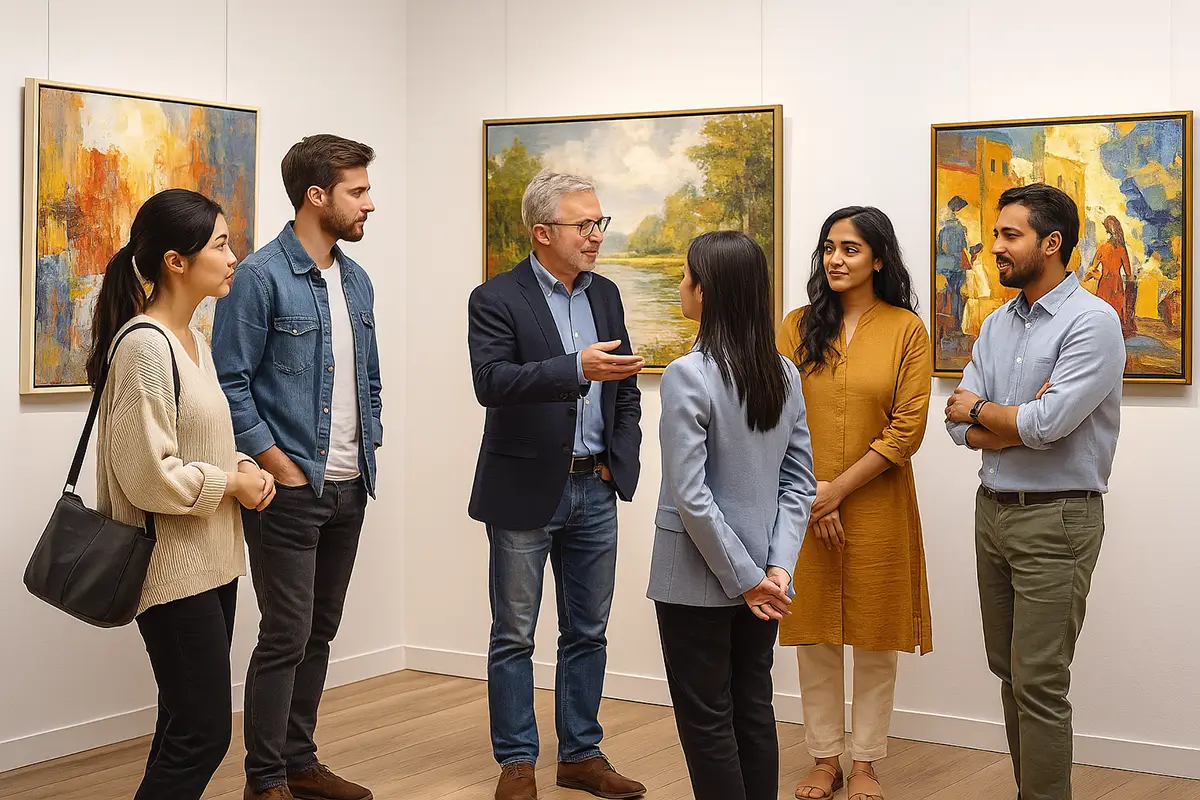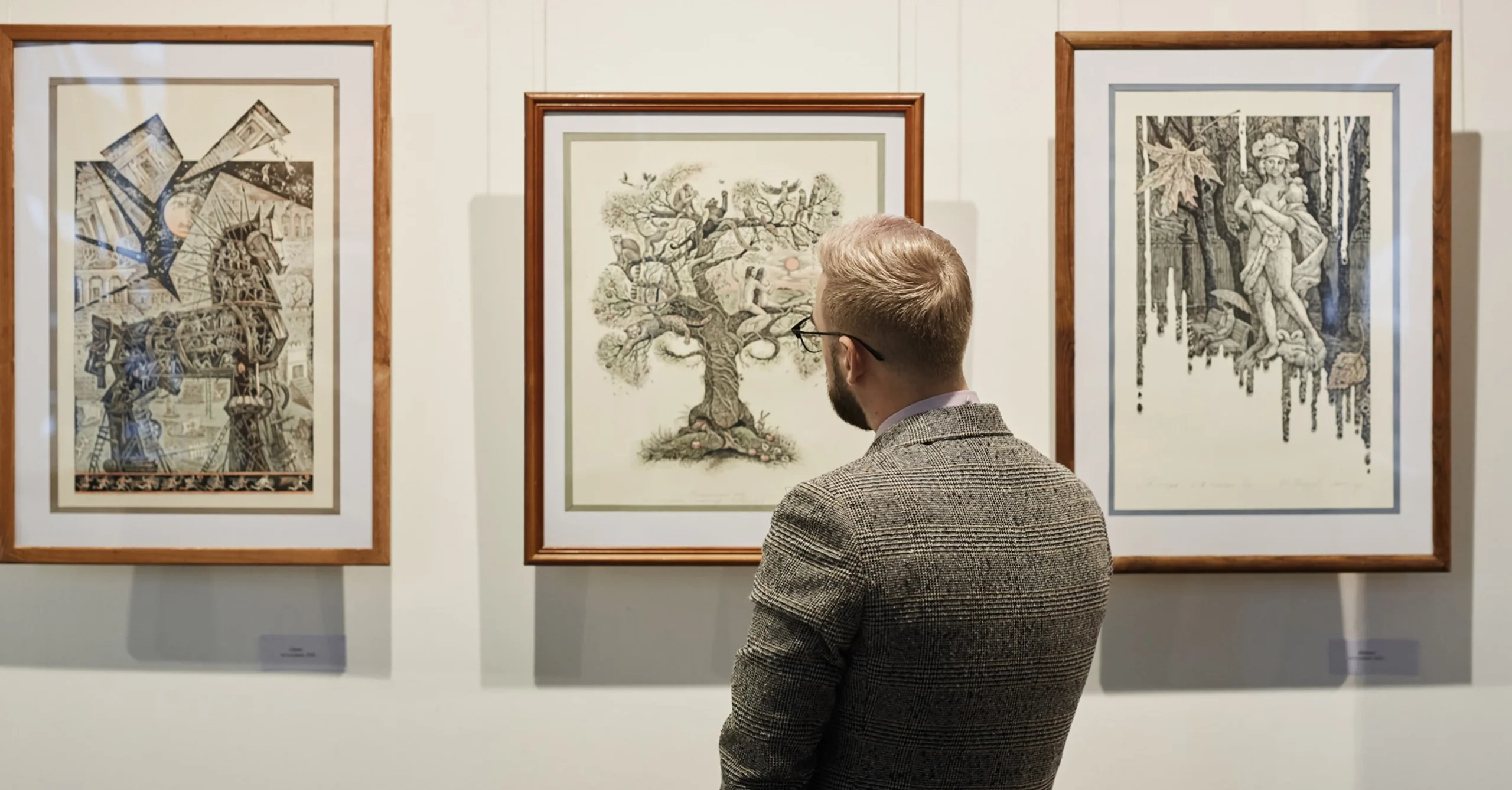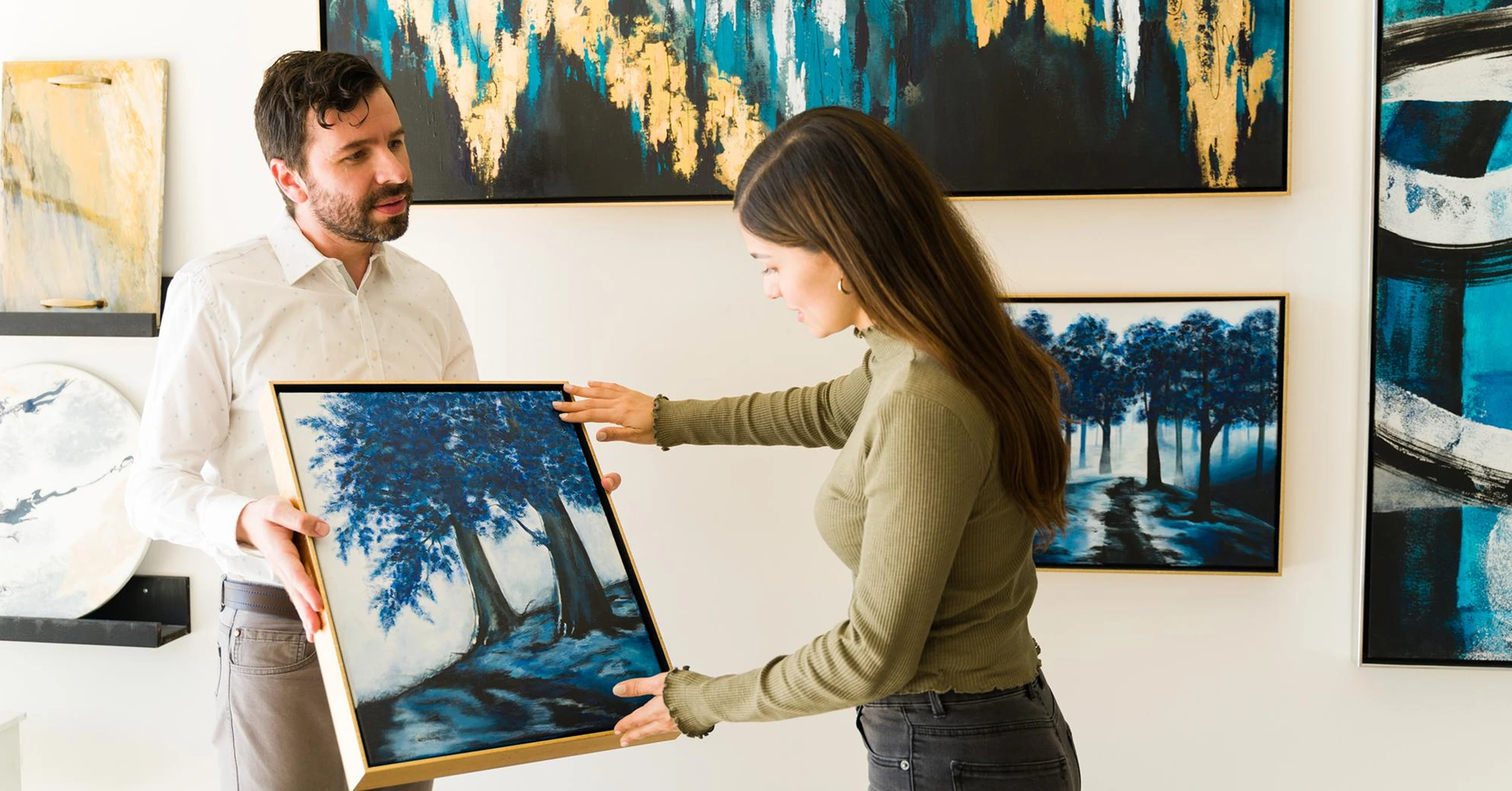Introduction: From national to global horizons
India’s art market has grown rapidly in the past two decades. Modern masters now command record-breaking prices, contemporary artists are gaining international recognition, and Indian galleries are participating in global fairs. For Indian collectors, the natural next step is expanding beyond national borders.
But navigating the global art market comes with challenges—cultural differences, regulatory requirements, authenticity concerns, and pricing complexities. With the right knowledge and professional guidance, however, Indian collectors can tap into unprecedented opportunities.
This article explores how Indian collectors can confidently engage with the global art market, the opportunities it presents, and the role of advisory in making cross-border acquisitions seamless.
Why Indian collectors are going global
1. Diversification of collections
- Access to international artists and mediums.
- Balancing Indian works with global voices.
2. Investment opportunities
- Exposure to emerging markets in Asia, Africa, and Latin America.
- Participation in blue-chip global art for long-term appreciation.
3. Cultural engagement
- Collectors become part of a global dialogue.
- Indian collections reflect not only local heritage but also global perspectives.
4. Legacy building
- International acquisitions enhance reputation and create collections of global significance.
Key global art market avenues
1. International art fairs
- Art Basel (Switzerland, Hong Kong, Miami).
- Frieze (London, New York, Los Angeles).
- Affordable Art Fair (Singapore, London).
These fairs offer curated, high-quality works and access to global networks.
2. Global auction houses
- Christie’s, Sotheby’s, Bonhams, Phillips.
- Provide access to both modern masters and contemporary works with strong provenance.
3. Online platforms
- Artnet, Artsy, and other digital marketplaces make cross-border purchases easier.
- Require careful due diligence to avoid inflated prices.
4. Direct artist and gallery networks
- Building relationships with international galleries and artists creates unique acquisition opportunities.
Challenges in global acquisitions
1. Regulatory compliance
- Export-import restrictions for antiquities.
- Customs duties and GST on imported art.
2. Provenance and authenticity
- Risk of forgeries and misrepresented provenance in global markets.
3. Currency risks
- Fluctuating exchange rates impact investment outcomes.
4. Logistics and conservation
- Cross-border shipping requires expertise in handling fragile works.
- Climate changes between regions may create conservation risks.
5. Market opacity
- Prices in the global art market can be inconsistent without proper benchmarking.
The role of advisory in global art acquisitions
Professional Art Acquisition & Advisory Services are critical when Indian collectors enter international markets.
1. Market intelligence
- Identifying which fairs, auctions, and galleries align with collector goals.
2. Due diligence
- Authenticity checks, provenance verification, and condition reports.
3. Legal compliance
- Navigating import/export regulations.
- Structuring acquisitions for tax and estate planning.
4. Negotiation and valuation
- Ensuring fair pricing in opaque markets.
5. Logistics management
- Partnering with conservation and shipping specialists to ensure safe transport.
Opportunities for Indian collectors in the global market
1. Collecting beyond borders
- Exposure to global artists allows Indian collections to expand narratives.
- Balancing Indian masters with global contemporary works enhances prestige.
2. Investing in emerging art markets
- African contemporary art has shown significant growth.
- Southeast Asian art is increasingly visible in global fairs.
3. Building cultural diplomacy
- Indian collectors who acquire international works become cultural ambassadors.
- Private collections with global works attract institutional partnerships.
4. Leveraging global auctions
- Auctions offer access to rare works with transparent documentation.
- Indian collectors benefit from competitive yet structured bidding.
Case examples: Indian collectors going global
Case 1: A Mumbai-based HNI
Expanded his collection by acquiring Latin American art at Art Basel. Advisory helped align acquisitions with investment and legacy goals.
Case 2: A Delhi corporate
Partnered with global galleries to build a collection that blended Indian moderns with international contemporary works. This reinforced the company’s global outlook and credibility.
Case 3: A family office in Bangalore
Invested in African contemporary art at Frieze, guided by advisors. The acquisitions provided strong financial appreciation over time while diversifying their cultural footprint.
Best practices for Indian collectors
- Do your homework: Research fairs, galleries, and artists before engaging.
- Always demand documentation: Provenance, condition reports, and valuations.
- Understand regulations: Work with advisors to comply with Indian and international laws.
- Plan logistics: Use professionals for cross-border transport and storage.
- Diversify: Don’t limit acquisitions to one region or medium.
- Engage advisory services: Professional guidance prevents costly mistakes.
Financial and cultural returns from global collecting
- Financial: Access to global blue-chip artists, emerging markets with growth potential, and diversified portfolios.
- Cultural: Reputation as global cultural leaders, building collections that reflect both India and the world.
- Legacy: International acquisitions strengthen credibility for museums, foundations, or family inheritance.
The future: Indian collectors on the global stage
- Greater participation: Indian collectors will be more visible at fairs and auctions.
- Institutional collaboration: Partnerships with global museums and cultural foundations.
- Tech integration: Blockchain, AI valuation, and online platforms making global acquisitions smoother.
- Hybrid collections: Blending Indian heritage with global art narratives to create truly international collections.
Conclusion: Expanding horizons with confidence
For Indian collectors, the global art market offers unprecedented opportunities for financial growth, cultural engagement, and legacy building. But international acquisitions require knowledge, preparation, and professional guidance.
By working with advisory services, collectors can navigate regulations, ensure authenticity, and acquire works that enhance both investment portfolios and cultural identities.
Learn more about our Art Acquisition & Advisory Services. At TurmericEarth, we help Indian collectors confidently engage with the global art market—making acquisitions that are secure, strategic, and globally significant.



